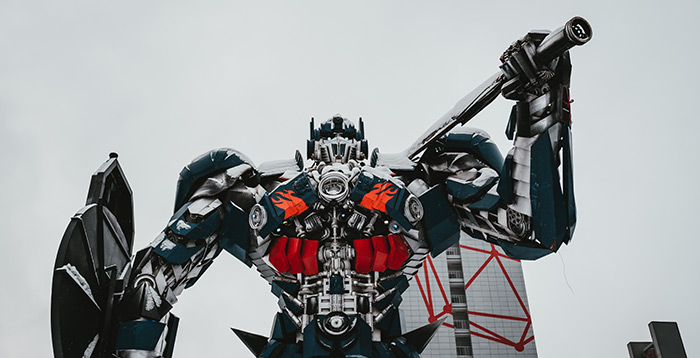Walking, running, dancing, object recognition and tracking, autonomous navigation and uncanny levels of human interaction are handled by some of the most sophisticated hardware and software in the world. With further development, ASIMO could have replaced humans in countless roles – including fire and rescue.
And yet, today, the machine intended as a mobility and care assistant is little more than a Disneyland attraction. The ASIMO project has been shelved.
There are inescapable limits at play with current technology; battery life and the astronomical cost per unit to name but two.
Artificial Intelligence
The biggest challenge is artificial intelligence – instilling a machine like ASIMO with thought, ethics, values, desires, creativity and will; allowing it to give itself instructions, to know what to do in particular or somewhat novel situations, and to improvise in completely alien situations.
That’s a very loose description of human beings – which opens an ethical can of worms over the effective enslavement of a thinking, feeling race of mechanical life forms, forced to enter burning buildings to save human lives. That’s a debate for another day – maybe when we’re closer to achieving something close to artificial intelligence, which is probably decades away.
Right now, machines like ASIMO or the creations of Boston Dynamics are impressive (or frightening, depending on your outlook), but little more than curiosities at this stage. Their potential, if given independent thought and autonomy, is obvious. In developing these machines, we human beings may have already signed away our supremacy over the world.
If that all sounds a little menacing – try not to worry. This is what the best of current tech can do, without programmed actions:


